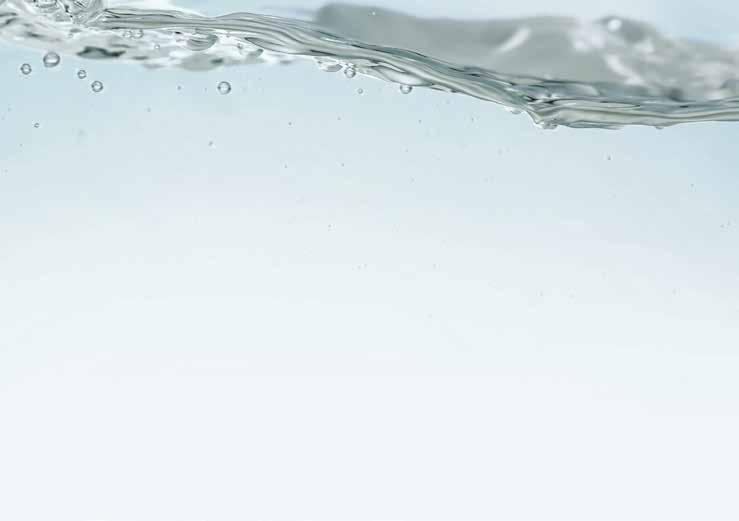Show Review
61
Smart aquaculture in pandemic year 2020 At this TIFSS, offline and online services to link international visitors and push for smart sensing and smart control of farming.
Display on R&D at the National Taiwan Ocean University
I
n 2020, after a two-month postponement, the Taiwan External Trade Development Council (TAITRA) and My Exhibition Co. successfully held the sixth edition of the annual Taiwan International Fisheries Seafood Show (TIFFS) on December 3-5 at the Taipei Nangang Exhibition Centre. Usually, this is an annual event where researchers, academics, farmers, vendors and buyers of seafood products come together to update on the latest innovations in aquaculture and seafood products and to network. In 2019, international exhibitors mainly came from Southeast Asia to learn more on the technological developments in Taiwan’s aquaculture. After all, Taiwan has long been recognised globally not only as an important fishing nation but also as one which has developed cutting edge technologies in aquaculture and leads in its commercialisation. There had to be changes in this pandemic year with international travel restricted. Organisers arranged a series of online and offline digital services, including a “2D online 1-on-1 procurement meetings” for international buyers who cannot visit Taiwan. AAP conducted google-meets with selected exhibitors (see pages 63-65). This year, on-site exhibitors were mainly local Taiwanese companies. There were 150 exhibitors with an estimated 4,000 visitors attending the three-day tradeshow. The one-day “Marine Fish Farming Technology Forum – where formulation meets science” became a hybrid conference covering advanced aquaculture nutrition, innovations in aquafeeds and marine farming technology. Presentations from several international experts were pre-recorded.
low nutrient digestibility, poor growth and depressed immunity, resulting in fish being easily susceptible to disease. Other problems were enteritis, fatty liver, high oxidative stress and visceral fat in fish. Through the next generation sequencing (NGS) analysis, fish fed with high SBM-based diet showed up-regulated cholesterol synthesis but down-regulated bile salts synthesis, and poor lipid and protein digestion and absorption when compared with fish fed a fish meal diet. Therefore, in modern aquafeed production, nutritional strategies for fish fed a plant-based diet need to include optimising the feed formula by using functional feed additives and/or bioprocessing feed ingredients. New techniques, such as proteomics, genomics or metabolomics, can be applied to screen for potential problems when plant feed ingredients are used in fish diets. In his presentation on sustainable ingredients and formulation in aquafeed application and how SBM can do more, Hsiang Pin Lan, USSEC Taiwan, pointed out that considerations are methionine, lysine, digestible phosphorus, long chain omega 3 fatty acids and taurine. Attention should also be given to feed attractability and indigestible carbohydrates. The maximum inclusion rates of soy nitrogen free extract (NFE) in feeds for major fish species were listed as 16-17% in carps, tilapia and channel catfish, and 12.5-13.5% in marine shrimp. Results on growth performance of tilapia fed diets containing US origin SBM or SBM from Brazil were presented.
Smart cage aquaculture
On the application of artificial intelligence (AI) in smart cage aquaculture management systems, Professor Chung-Cheng Chang, National Taiwan Ocean University (NTOU) said that Taiwan has excellent expertise and application capabilities in aquaculture technology and information technology. The application of AI to optimise aquaculture management, reduce costs and energy consumption, and increase productivity, can help pave the way for a re-emergence of Taiwan’s aquaculture industry.
SBM and advanced aqua nutrition
Professor Yu-Hung Lin, National Pingtung University of Science and Technology, Taiwan dealt on the regulation of nutrient utilisation and metabolism in fish fed a plantbased diet. With declining fish meal availability, prices will dramatically increase. However, the use of soybean meal (SBM), the most widely used plant ingredient is limited due to missing nutrients, and that it contains anti-nutritional factors. Lin said that recent studies reported that when fish meal was replaced by SBM in diets, some issues were
January/February 2021 AQUA Culture Asia Pacific










